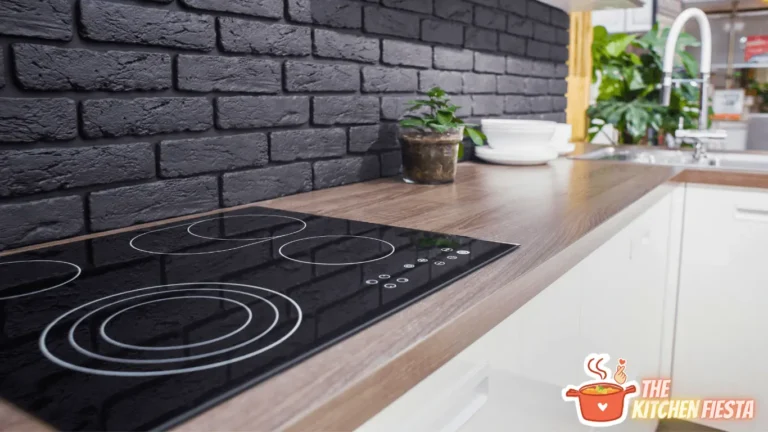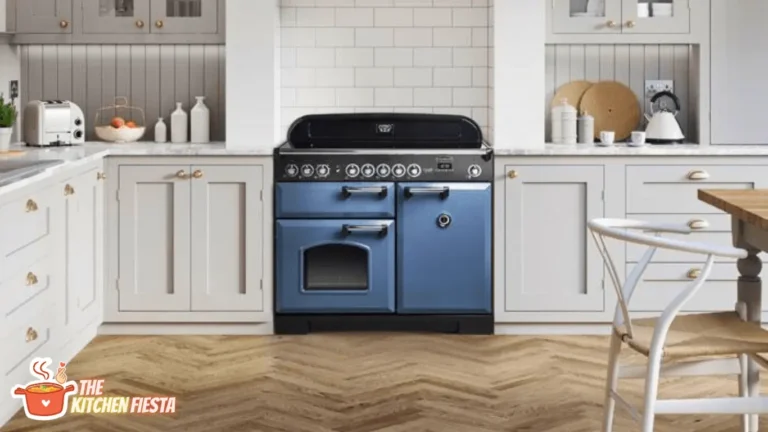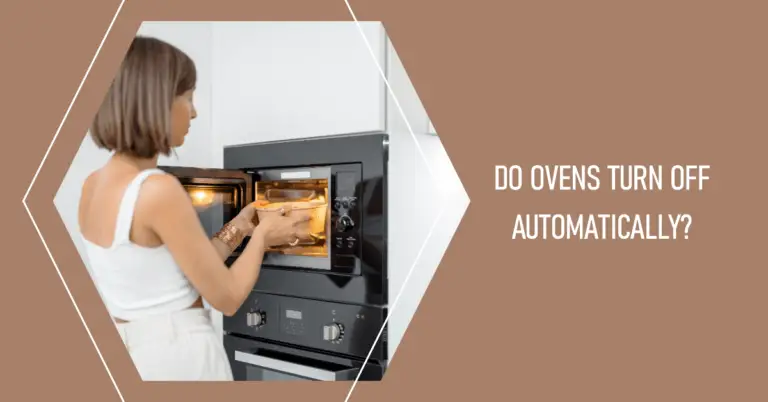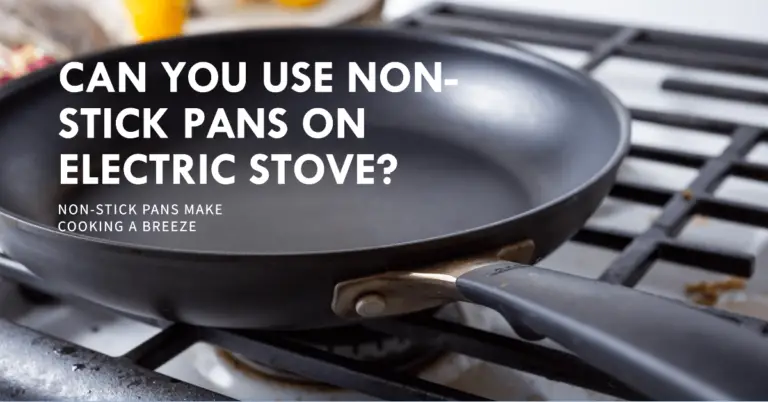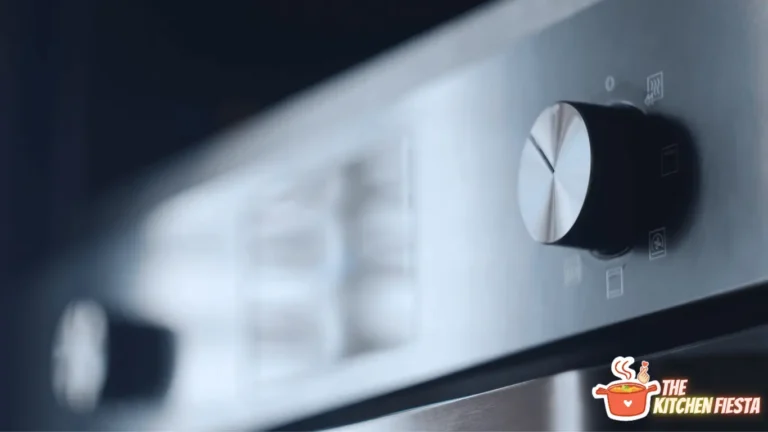How to Clean a Stovetop Coffee Percolator – Step-by-Step Guide

Coffee percolators bring back memories of mornings past. The nostalgic brewing process and distinctive aroma make coffee from a stovetop percolator unlike anything else. But keeping your percolator clean is essential for great tasting coffee. If you’ve wondered how to clean a stovetop coffee percolator, this complete guide will walk you through the entire process.
Properly cleaning a stovetop percolator removes old coffee residue and oils that can make your coffee taste bitter or burnt. It also helps prevent scale buildup that can clog components and reduce brewing efficiency. By regularly cleaning your coffee percolator after each use and doing periodic deep cleans, you’ll keep it working its best for years to come.
In this guide you’ll learn:
- Why it’s important to clean your percolator
- What supplies you’ll need
- A step-by-step process for cleaning a percolator after each use
- How to deep clean a coffee percolator
- Tips for removing tough stains
- Maintenance tips to keep your percolator like new
Equipped with these tips, you’ll be ready to clean your stovetop coffee percolator like a pro!
Why It’s So Important to Clean Your Percolator?
Cleaning your stovetop coffee percolator regularly is important for several reasons:
- Keeps your coffee tasting fresh. Over time, residue from coffee oils and grounds can build up. This affects the flavor of your coffee, making it taste stale, bitter, or burnt. Proper cleaning removes residue so your coffee tastes fresh and full flavored.
- Prevents mineral buildup. Hard water contains minerals like calcium and magnesium that get left behind as water evaporates during the brewing process. These minerals accumulate and cause scaling on your percolator overtime. Cleaning helps remove this buildup.
- Extends the life of your percolator. Allowing stains, oils, and scale to buildup makes components like tubes and baskets wear out more quickly. Keeping your percolator clean helps it last longer.
- Reduces risk of mold or bacteria. Damp, dirty conditions allow mold, mildew and bacteria to grow. Regular cleaning sanitizes all components and prevents harmful microbes from developing.
- Improves brewing efficiency. Scale buildup and coffee residue can obstruct water flow through the percolator tube. Cleaning removes obstructions so water can flow freely for better extraction.
As you can see, keeping your stovetop coffee percolator sparkling clean has multiple benefits. It takes your coffee from stale and bitter to smooth and flavorful. It also keeps the inner workings clear of obstructions so your percolator can run efficiently for years of quality brewing.
Supplies You’ll Need for Cleaning a Stovetop Percolator
Cleaning your percolator doesn’t require much. You likely have most of these supplies in your kitchen already:
- Dish soap or percolator cleaner: Use a mild detergent or a specialty percolator cleaning product. Avoid harsh soaps which can impart off tastes.
- Clean sponges and cloths: Soft sponges, cloths, and microfiber towels clean delicate parts without scratching.
- Bottles brushes and pipe cleaners: Useful for scrubbing inside narrow tubes. Look for brushes with sturdy but gentle bristles.
- Baking soda: An abrasive cleaner that also deodorizes. Helps remove stains and buildup.
- Distilled white vinegar: Mixed with water, the acetic acid in vinegar dissolves scale and mineral deposits.
- Small brushes: Helpful for cleaning hard-to-reach areas like small crevices and the underside of the lid.
- Water: Both warm and cool water are needed for washing and rinsing.
Having these supplies ready will make cleaning your percolator much easier. Now let’s look at the cleaning process step-by-step.
How to Clean Your Stovetop Percolator After Each Use?
Giving your percolator a quick clean after every use prevents buildup and keeps your morning brew fresh. Here’s how:
Step 1: Rinse Thoroughly
Once you’ve brewed a pot of coffee, the first thing to do is give your percolator a good rinse. Pour out any leftover coffee and then fill the percolator with cool water. Swish it around to dislodge grounds stuck to the sides.
Dump out the rinse water. Then repeat the process until the water comes out clear. Thorough rinsing prevents residue from drying on and removes acids that can corrode components.
Step 2: Wash Removable Parts
Most percolators have several parts that separate for easy cleaning. This includes the percolator tube, lid, basket, and any valves, caps or handles.
Wash all removable parts with warm water and a small amount of mild dish soap. Use a soft sponge or cloth to gently scrub away oils and residue. Rinse each part thoroughly with clean water.
Step 3: Wipe Exterior
Give the outside of the percolator a quick wipe down with a soft, damp cloth. This removes drips and splatters that can stain the exterior if left to dry.
Be sure to wipe down the power cord as well. Then thoroughly dry the outside of the percolator with a clean towel.
Following these three simple steps after brewing will keep your percolator clean between deeper cleanings.
How to Deep Clean Your Stovetop Percolator?
In addition to daily rinses, your stovetop percolator needs periodic deep cleaning. This removes mineral deposits, oils, and residue that daily cleaning leaves behind.
Plan to deep clean your percolator every 2-4 weeks depending on usage. You’ll also need to deep clean if you notice flow problems, scale buildup, or off tastes.
Deep cleaning involves completely disassembling the percolator, scrubbing all parts, descaling the interior, and polishing the housing. Here are the steps:
Step 1: Disassemble the Percolator
Start by removing all detachable pieces of your percolator. This includes:
- Plastic top knob or handle
- Metal lid
- Percolator tube
- Filter basket
- Sight glass knob (on some models)
- Valves or flow control components
- Any baskets, handles, etc.
Place the disassembled parts in your sink or a large bowl. Avoid losing small parts like gaskets and screws.
Step 2: Wash All Removable Parts
With the percolator disassembled, wash all removable parts with hot, soapy water. Let them soak for 15-30 minutes to loosen residue.
Use a bottle brush, pipe cleaner, or other small brush to scrub inside hard-to-reach spots like the percolator tube and sight glass. Rinse all parts thoroughly with clean water.
Step 3: Clean Interior of Percolator
With the parts removed, you can now access and clean the interior of the percolator.
Fill the percolator body 1/3 full with water. Add 2 tablespoons of baking soda and bring the mixture to a boil for 10 minutes. This dislodges residue and clears out oils.
Allow the percolator to fully cool. Use a small brush to scrub the inside walls, bottom, and any interior tubes or openings. The baking soda paste helps remove stains.
Rinse the percolator interior thoroughly with clean water until all baking soda is gone.
Step 4: Remove Mineral Deposits and Scale
Hard water can leave mineral deposits that build up over time. To remove them:
Fill the percolator body half full with equal parts water and distilled white vinegar. Bring this solution to a boil and allow it to simmer for 30 minutes.
The acetic acid in the vinegar dissolves scale, calcium deposits, and other mineral buildup. Once cooled, discard the vinegar solution and rinse several times with fresh water.
Step 5: Polish Exterior
With the interior cleaned, finish up by polishing and shining the exterior housing.
Wipe down the outside of the percolator with a soft, damp cloth. Use a microfiber cloth or terry towel to gently buff the percolator dry. This removes water spots and restores the shiny surface.
Step 6: Reassemble Percolator
The last step is to reassemble all the percolator parts once fully dry.
Replace any gaskets or O-rings if worn, cracked, or deformed. Securely attach the lid, percolator tube, and all other parts. Your percolator will be ready to brew again!
Tips for Removing Tough Stains on a Percolator
Over time, your percolator may develop difficult stains that daily cleaning doesn’t remove. Here are some tips for tackling them:
- Baking soda paste – Make a paste with water and baking soda. Gently rub on stains using a soft brush or sponge. Rinse thoroughly.
- Cream of tartar – Boil water with cream of tartar to make a cleaning solution. Soak stained parts to lift stains.
- Lemon juice – The citric acid in lemon juice cuts through stubborn buildup. Use lemon halves to scrub.
- Vinegar soak – Soak badly stained parts in undiluted vinegar overnight. The acetic acid eats through residue.
- Cleaning tablets – Drop denture or percolator cleaning tablets in the filled percolator. Boil and let sit to dissolve stains.
Try these methods on tough stains one at a time. Avoid abrasive scouring pads as they can damage finishes.
Handy Maintenance Tips for Percolator Longevity
With regular cleaning and a few maintenance tips, your stovetop percolator will stay looking and brewing like new:
- Wipe down the spout and lid rim after each use to prevent drips from drying.
- Periodically inspect rubber gaskets and replace if cracked or deformed.
- Use paper filters to catch sediment and particles that can clog components.
- Avoid harsh scouring pads or cleaners that can scratch finishes.
- Test for scale buildup by boiling water. If it has white residue, you need to descale.
- Only wash removable parts. Do not submerge heating base in water.
- Ensure lid and baskets are fully dry before storing to prevent moisture damage.
- Consider replacing the percolator tube every few years as they wear out over time.
With this preventative care and maintenance, your stovetop percolator will stay in great shape and brew delicious coffee for years.
Get Your Percolator Sparkling Clean
A clean percolator is essential for great tasting coffee and longevity of your equipment. By regularly cleaning your stovetop coffee percolator after use and doing periodic deep cleaning, you’ll keep it running efficiently and your coffee tasting delicious.
Follow the steps in this guide for removing residue, oils, and mineral buildup. Keep the interior and exterior clean, polish away stains, and descale as needed. Your coffee will be smooth, aromatic, and full flavored every morning.
Here’s to many more years of wonderful coffee from your stovetop percolator!

